Nuclear Energy: Africa is a Work in Progress
Rivista Nigrizia 01.04.2025 Rocco Bellantone Translated by: Jpic-jp.orgWith a constantly growing population and a drive for development, access to electricity is becoming a crucial issue across the continent. Beyond South Africa and Egypt, several other African states are already investing in nuclear power plant construction. For the present, the most popular solution is a diversified energy mix combining renewables and fossil fuels.
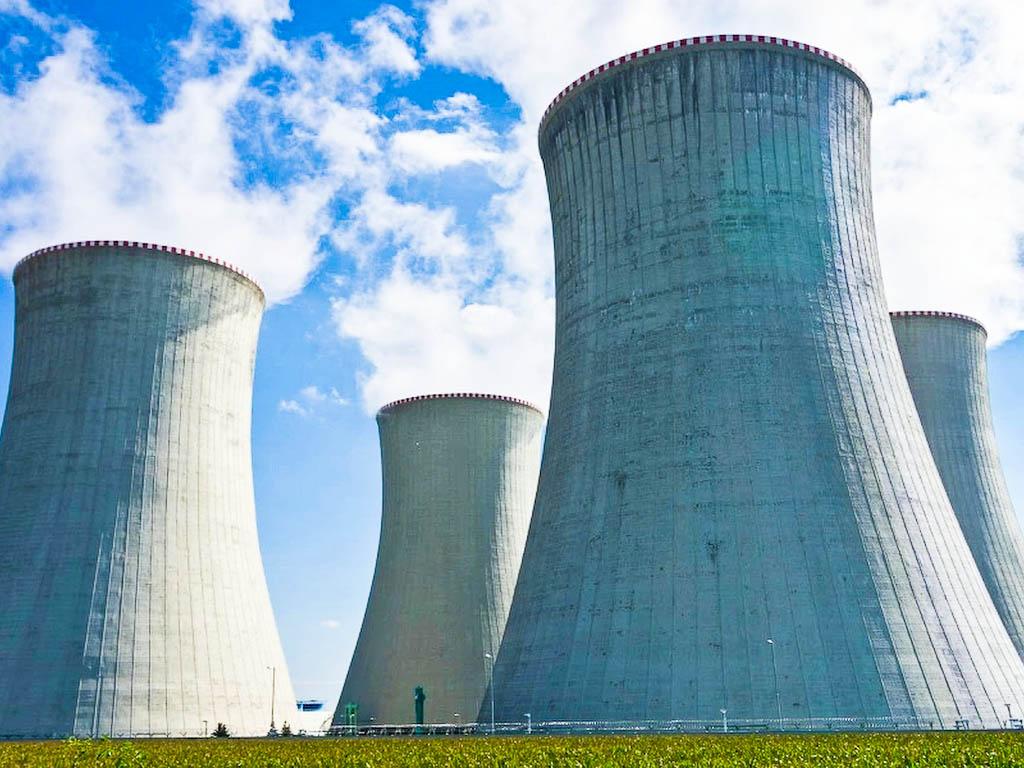
More and more African countries are ready to invest in the construction of nuclear power plants. In addition to South Africa, which already has an operational facility, and Egypt, where one is under construction, several other nations across the continent are expressing interest in nuclear energy production. Russia and China are the most heavily involved extra-continental partners.
According to the World Nuclear Association, an international body that promotes the development of nuclear energy, Africa is expected to have installed a total capacity of 18,000 megawatts (MW) by 2040. From Ghana to Kenya, and from Nigeria to Zimbabwe, numerous projects are under way, but securing financing and initial delays in site completion could slow the ambitions of several of these countries.
South Africa
Since 1984, the Koeberg nuclear power station, located 30 km north of Cape Town, has been connected to the national electricity grid. Equipped with two reactors of 900 MW each, it currently supplies 5% of the country’s energy needs.
For years, there has been talk in South Africa of the need to enhance the development programme of the state-owned South African Nuclear Energy Corporation. So far, 1.2 billion rand has been allocated from the national budget to this effort.
However, according to the Minister of Electricity and Energy, Kgosientsho Ramokgopa, over 60 billion rand (around €3 billion) will be needed, primarily to invest in a new multi-purpose reactor that would complement the two pressurised water reactors in operation since 1984–85. It is a significant expenditure, and the South African government hopes to receive support from private foreign firms.
Egypt
In 2022, the Egyptian government, in partnership with Russia’s Rosatom, began building its first nuclear power plant in El Dabaa, a Mediterranean coastal town in the Matrouh Governorate, approximately 300 kilometres northwest of Cairo.
The plant, with a total cost of around €30 billion, is 85% financed by Moscow through a 22-year loan. It will consist of four reactors, each producing 1,200 MW, making it a facility with greater capacity than that of South Africa. Around 20,000 workers are involved in its construction. The plant is expected to become operational by 2031.
Ghana
After South Africa and Egypt, Ghana is moving most rapidly towards nuclear energy. In September 2023, Nuclear Power Ghana (NPG), a partly state-owned company, identified a site for a nuclear plant in the coastal town of Nsuban, in the western part of the country, with Obotan, in the central region, as the second choice.
Both sites were positively assessed by the International Atomic Energy Agency (IAEA). In the running for the construction contract are China National Nuclear Corporation (CNNC), Électricité de France, the American firm NuScale Power Corporation, and Russia’s Rosatom.
What seems certain at this point is that the original deadline for the plant to be operational—2030—will not be met. Construction is expected to start in 2028 and will require at least five years to complete.
Two additional issues must be considered in relation to the evolution of this project. Ghana currently produces a total of 5.5 GW of electricity. Given that nuclear reactors typically generate 1 GW and that, according to IAEA guidelines, no single nuclear plant should supply more than 10% of a country’s total energy capacity, Ghana would first need to increase its overall energy production before adopting nuclear power.
Furthermore, Ghana benefits from an economic aid package from the International Monetary Fund. Its dependence on this support could limit its ability to independently manage an energy development programme of this scale, potentially falling short of the guarantees required by private partners.
Other Countries
In 2017, Nigeria signed an agreement with Rosatom to build a 2,400 MW nuclear power plant in Geregu, Kogi State. The facility is intended primarily to secure energy supply for the capital, Abuja.
Kenya is aiming to construct a 1,000 MW plant from 2027 onwards in Kilifi County, on the coast about 522 kilometres southeast of Nairobi, at an estimated cost of €5 billion.
Other countries that may have nuclear facilities within one or two decades include Algeria, Burkina Faso, Ethiopia, Morocco, Niger, Namibia, Rwanda, Senegal, Sudan, Tanzania, Tunisia, Uganda, Zambia, and Zimbabwe.
Limits and Environmental Concerns
In a continent experiencing constant demographic growth—its population is expected to rise from 1.4 billion in 2025 to approximately 2.4 billion by 2050—access to electricity is more critical than ever. Currently, only around 700 million Africans, or half of the population, have reliable access to electricity.
Proponents of nuclear investment argue that it is a stable source of energy capable of supporting the exponential growth of urban areas, powering industry, and preventing the frequent blackouts that occur not only in rural regions. Moreover, nuclear energy is not intermittent, unlike solar and wind power, which depend heavily on geographic and weather conditions.
However, renewable sources are expanding rapidly across the continent, already accounting for 55% of total energy consumption, according to the UN Sustainable Development Group. This percentage is expected to rise in coming years, leading many to view the nuclear investments planned by various states—not only in Africa but also in Europe, including Italy—as out of step with the times.
The path of the energy mix appears to be the most favoured compromise in Africa as well, with parallel investments in solar, wind, and hydroelectric development, alongside nuclear plant construction, while oil and gas continue to attract strong interest from governments reluctant to abandon existing agreements with major international fossil fuel players.
In the midst of all this lie numerous challenges, beginning with the disposal of nuclear waste—an issue that, for example, remains unresolved in Italy. For decades, the country has been unable to designate a suitable site for a national radioactive waste repository.





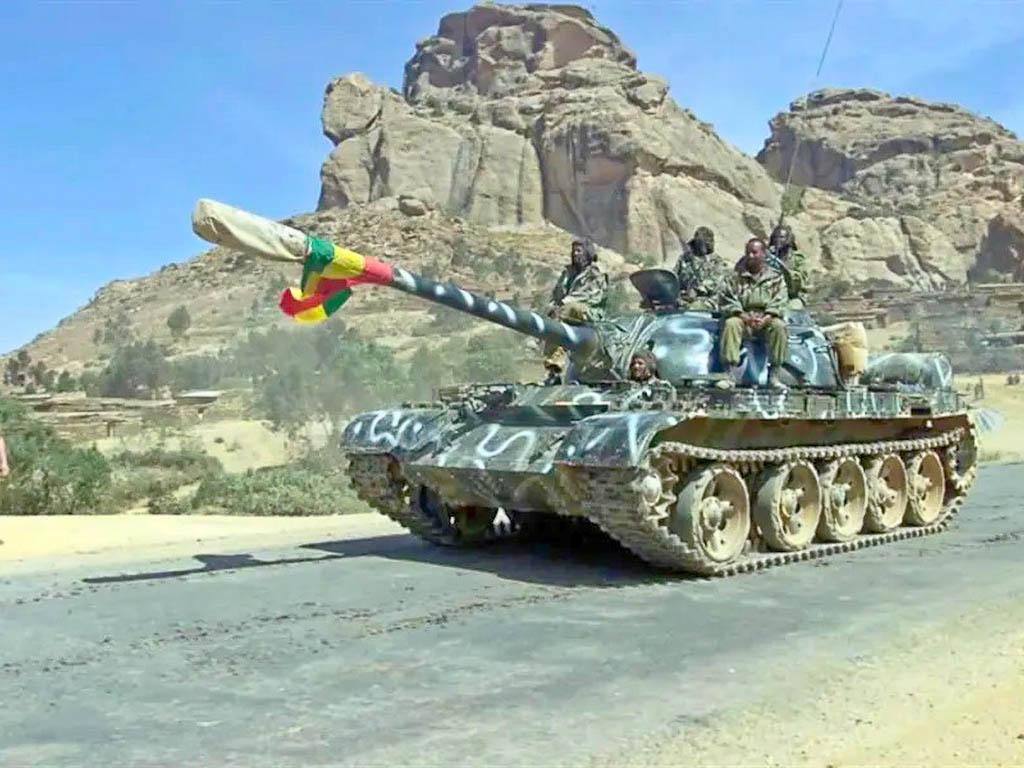

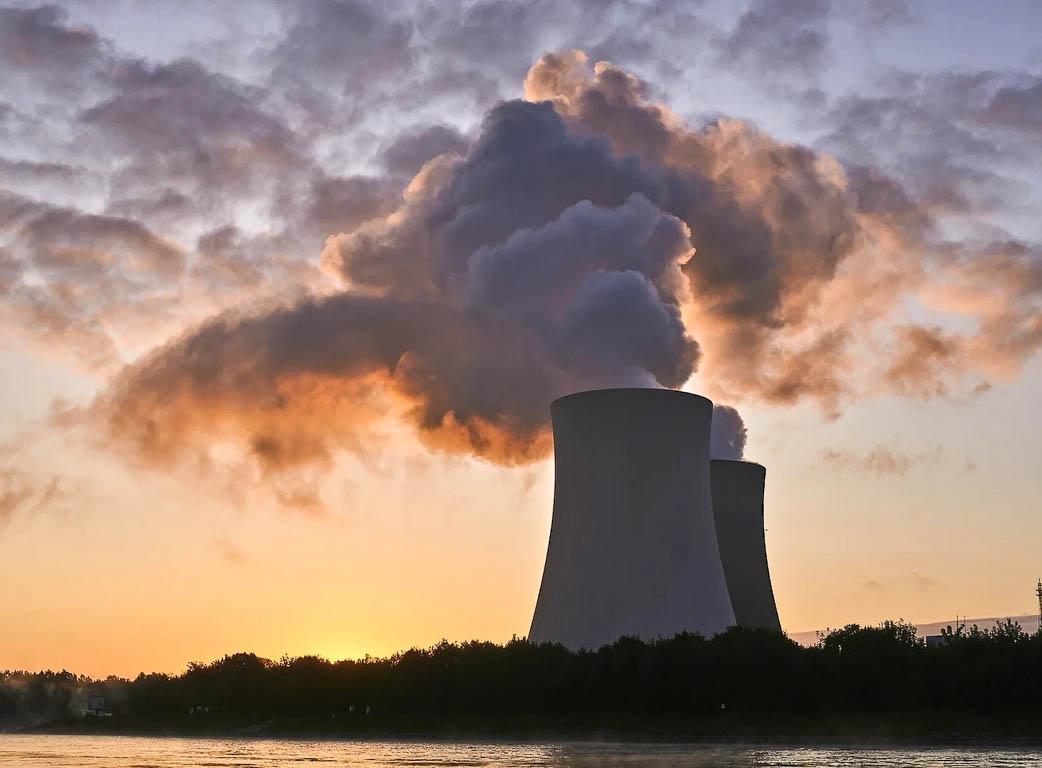
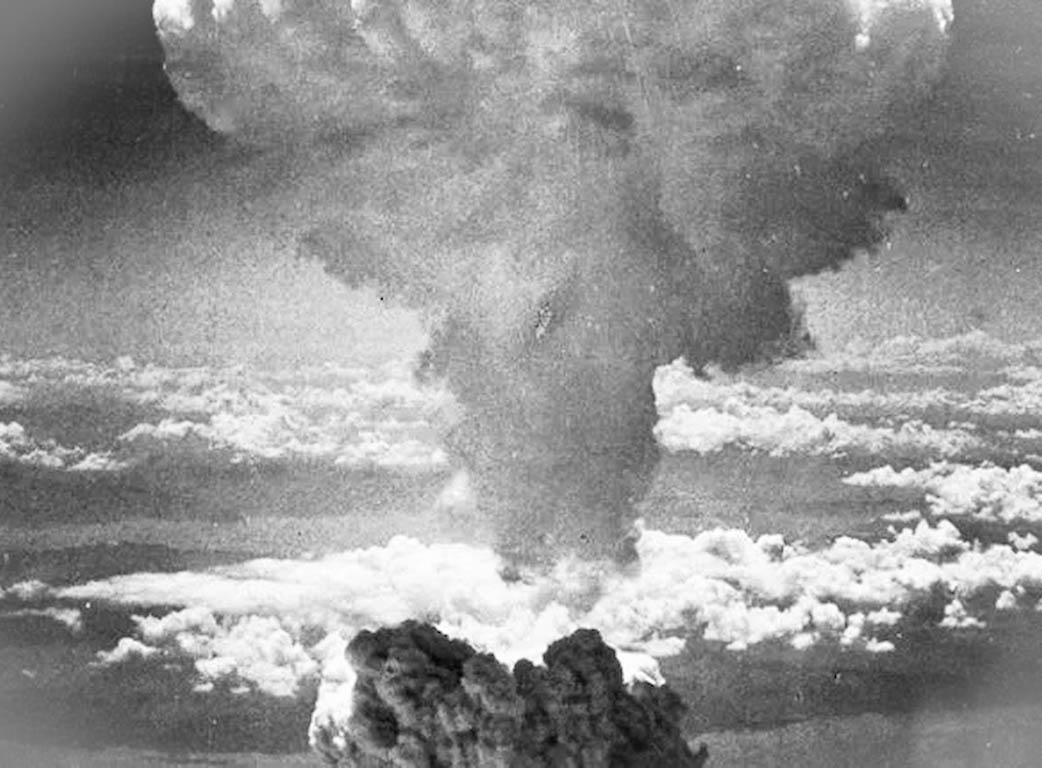
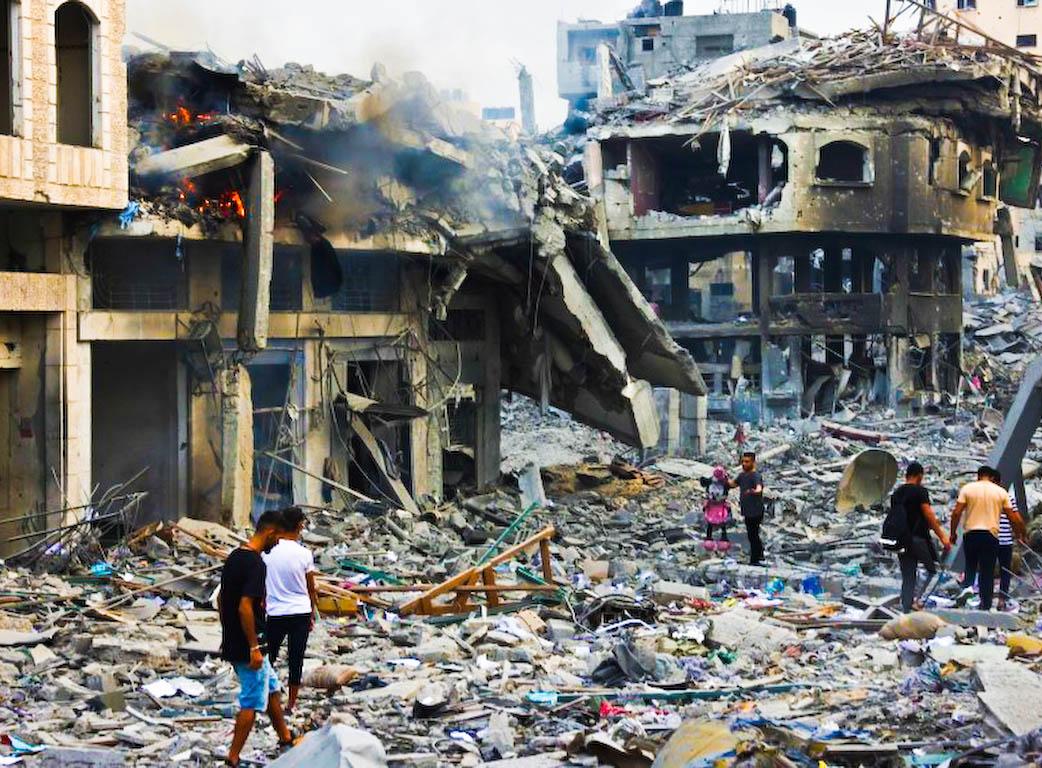
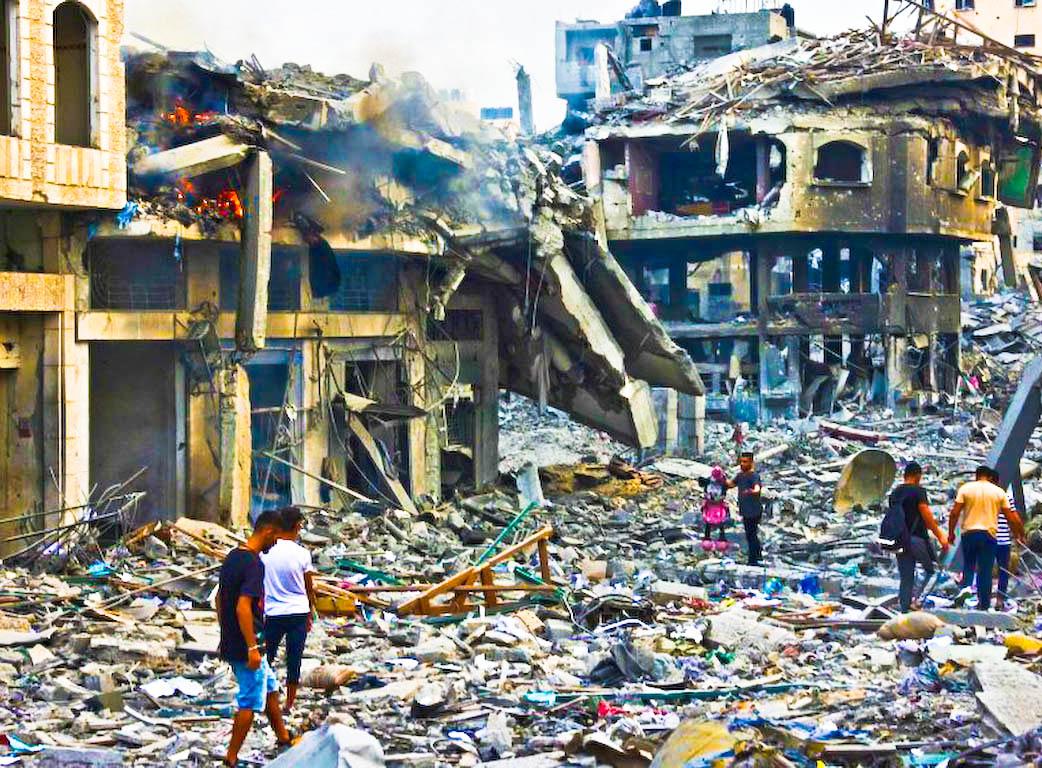
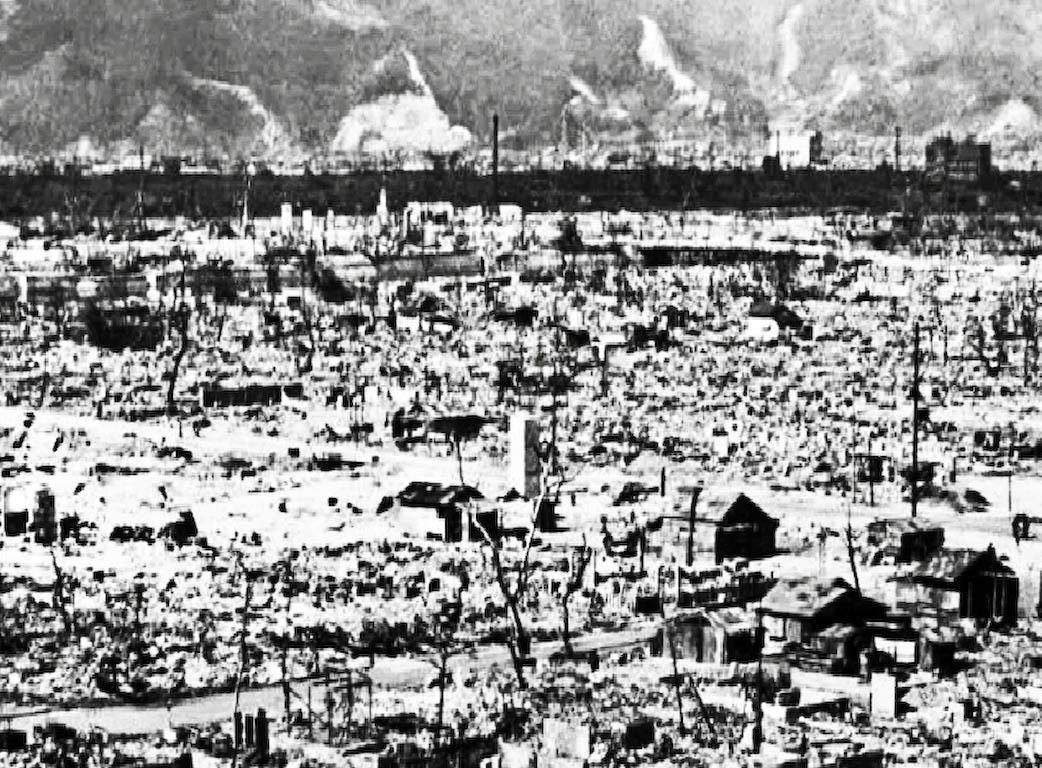


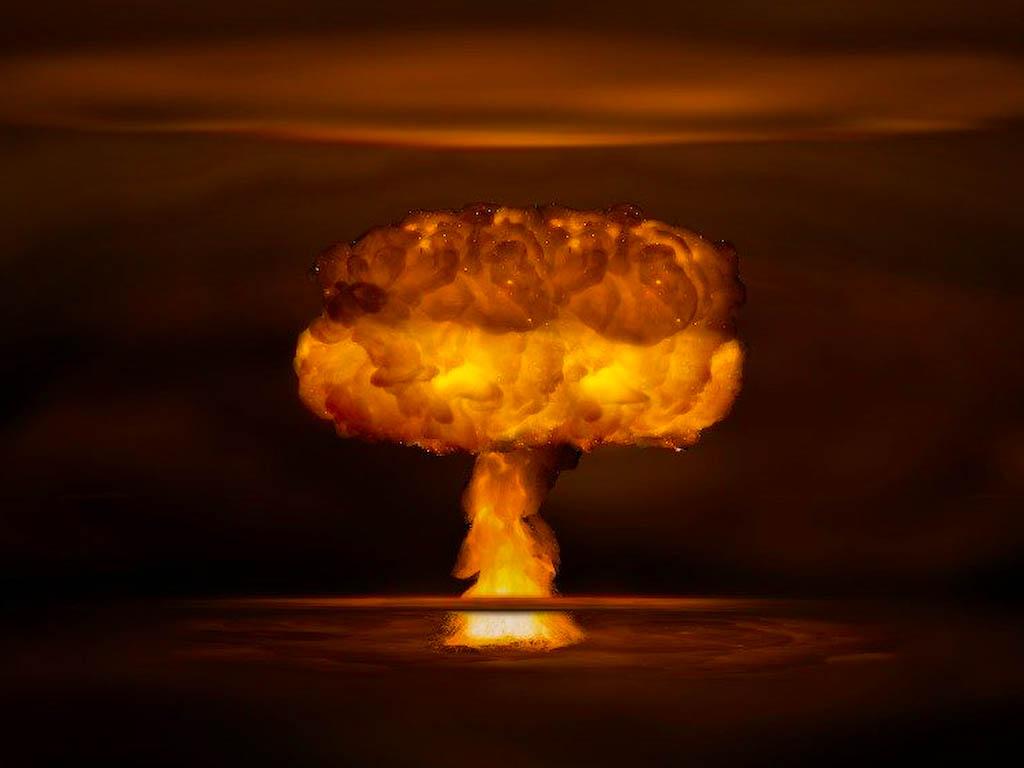






 EDitt | Web Agency
EDitt | Web Agency
Leave a comment